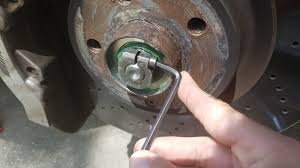amazighman
Active Member
- Joined
- Apr 22, 2016
- Messages
- 747
- Car
- CLK 430
Hello.
I have a bit if play on the front wheel bearing on my W203 C220 CDI 2006.
I tried adjusting the locking nut and with dial gauge (; cheap ebay one) and got between 0.1 to 0.2 play.
However when I put the wheel on , the play is there although not as bad as before.
Should I just tighten them untill there is absolutely no play? Someone said there is a washer behind the nut which can be used as a feeler gauge when pushed around with a screw driver... I couldn't move the washer as there is no slot or keyway for the screwdriver
Could someone advise?
Cheers
I have a bit if play on the front wheel bearing on my W203 C220 CDI 2006.
I tried adjusting the locking nut and with dial gauge (; cheap ebay one) and got between 0.1 to 0.2 play.
However when I put the wheel on , the play is there although not as bad as before.
Should I just tighten them untill there is absolutely no play? Someone said there is a washer behind the nut which can be used as a feeler gauge when pushed around with a screw driver... I couldn't move the washer as there is no slot or keyway for the screwdriver
Could someone advise?
Cheers


